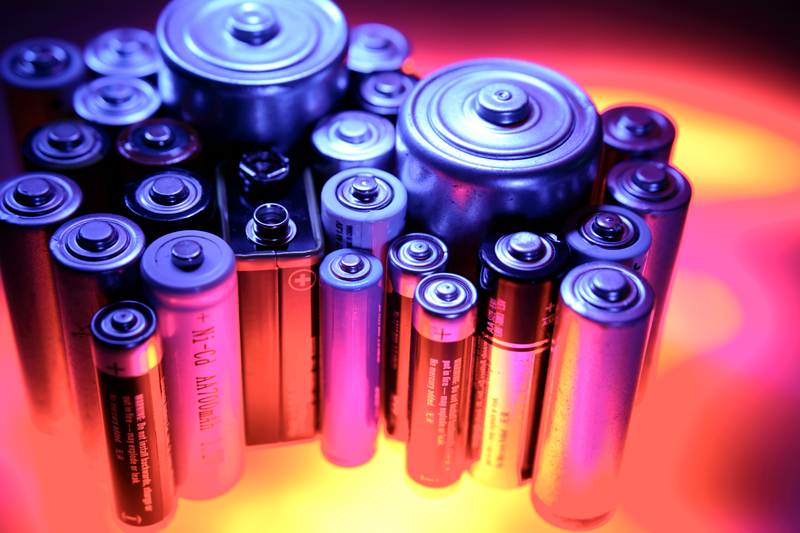 Several important metrics and considerations are important when evaluating battery performance:
Several important metrics and considerations are important when evaluating battery performance:
- Cell, module, and pack level: It is important to consider whether the data refers to an individual cell or a complete battery pack when comparing energy and power densities. Cells will always have the highest energy and power for a given size or weight. This is because the modules’ additional structure, cooling system, and electrical connections and pack only add size and weight without adding any energy or power. The loss of performance when going from cell or pack level will depend on factors such as the size of the pack, the ability of cells to withstand heat, speed or charge and discharge, and level of expensive light-weighting. A battery pack in a car will be much heavier than one for an aircraft, even though they may use the same cells. The car pack will be optimized for battery life and cost, while the aircraft pack will be optimized for weight.
- Energy density: The amount of energy a battery stores per unit volume, typically measured in Wh/L. For example, lithium-ion cells store around 690 Wh/L, compared with about 9,500 Wh/L for gasoline.
- Power density: The amount of power a battery can deliver per unit volume, typically measured in W/L. This is closely related to the charging speed (C-Rate) since the power flow in or out of a battery is affected by factors such as internal resistance and the ability to dissipate or withstand heat. Expressing power density as a single figure is somewhat misleading since the same battery may produce a peak power for short periods that is far higher than its sustained power output. Additionally, operating the battery at high power levels may require additional cooling or reduce the cycle life. Therefore, the actual operating power density is a compromise between several considerations.
- Specific Energy (or gravimetric energy density): The amount of energy a battery stores per unit mass. Commercial EV cells store about 260 Wh/kg, but this reduces to about 150 Wh/kg at the pack level, or 220 Wh/kg for a high-performance aerospace pack.
- Specific Power (or gravimetric power density): The amount of power a battery can deliver per unit mass, typically measured in W/kg. This is subject to the same considerations as power density. Commercial lithium-ion EV cells achieve about 340 W/kg, while state-of-the-art aluminum-ion batteries, also known as aluminum-graphene, have demonstrated 7,000 W/kg in the lab.
- C-Rate: This is the charge per hour rate – one divided by the number of hours to charge the battery fully. A rate of 4C, achievable by current lithium-ion batteries, equates to a 15 minute charge time, while a 0.1C would require 10 hours to charge fully. C-rates are sometimes also used to refer to the current required to discharge a battery at this rate. Although the maximum C-rate is a property of the battery, the actual C-rate achieved also depends on the power of the charger available.
- Cycle Life: The number of charge-discharge cycles a battery can perform before its performance has degraded beyond its useful level. Defining cycle life as a single number is a simplification since a battery slowly degrades its life. The point at which it is no longer useable is application-specific and somewhat subjective. Additionally, the rate of degradation depends on how the battery is used, which deeper charge-discharge cycles, high C-rates, and overheating — all reducing the life of a battery. A lithium-ion battery should last for at least 1,000 cycles in typical use. State-of-the-art aluminum-ion batteries have demonstrated cycle lives of up to 250,000 cycles in the lab.
- Charge/Discharge Efficiency: This is the energy efficiency of the battery. It is the amount of energy you get out, divided by the energy you put in to charge the battery. Under optimal conditions, Li-ion batteries can achieve efficiencies of over 99 percent. However, it can drop as low as 90 percent at very high C-rates and/or operating temperatures. Further losses can also occur if sufficient time elapses between charge and discharge for significant self-discharge occur. A reasonable estimate of an average battery charge/discharge efficiency is 95 percent.
- Self-Discharge Rate: The rate at which a fully-charged battery will lose energy without being used. Batteries self-discharge more quickly when fully charged or when stored at higher temperatures. Typically lithium-ion batteries self-discharge at between two and three percent per month.
- Operating Temperature: The temperature range over which a cell can efficiently operate. Cells operating at higher temperatures require less cooling, resulting in lighter battery packs and longer cycle life. Low-temperature operation can remove the need for cold-start heating.
You may also like:
Filed Under: Battery Management, Tech Articles, Tutorials

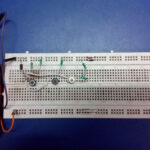
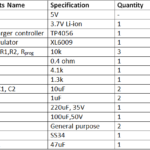

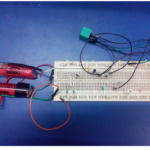
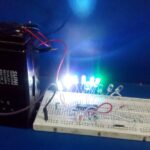


Questions related to this article?
👉Ask and discuss on Electro-Tech-Online.com and EDAboard.com forums.
Tell Us What You Think!!
You must be logged in to post a comment.